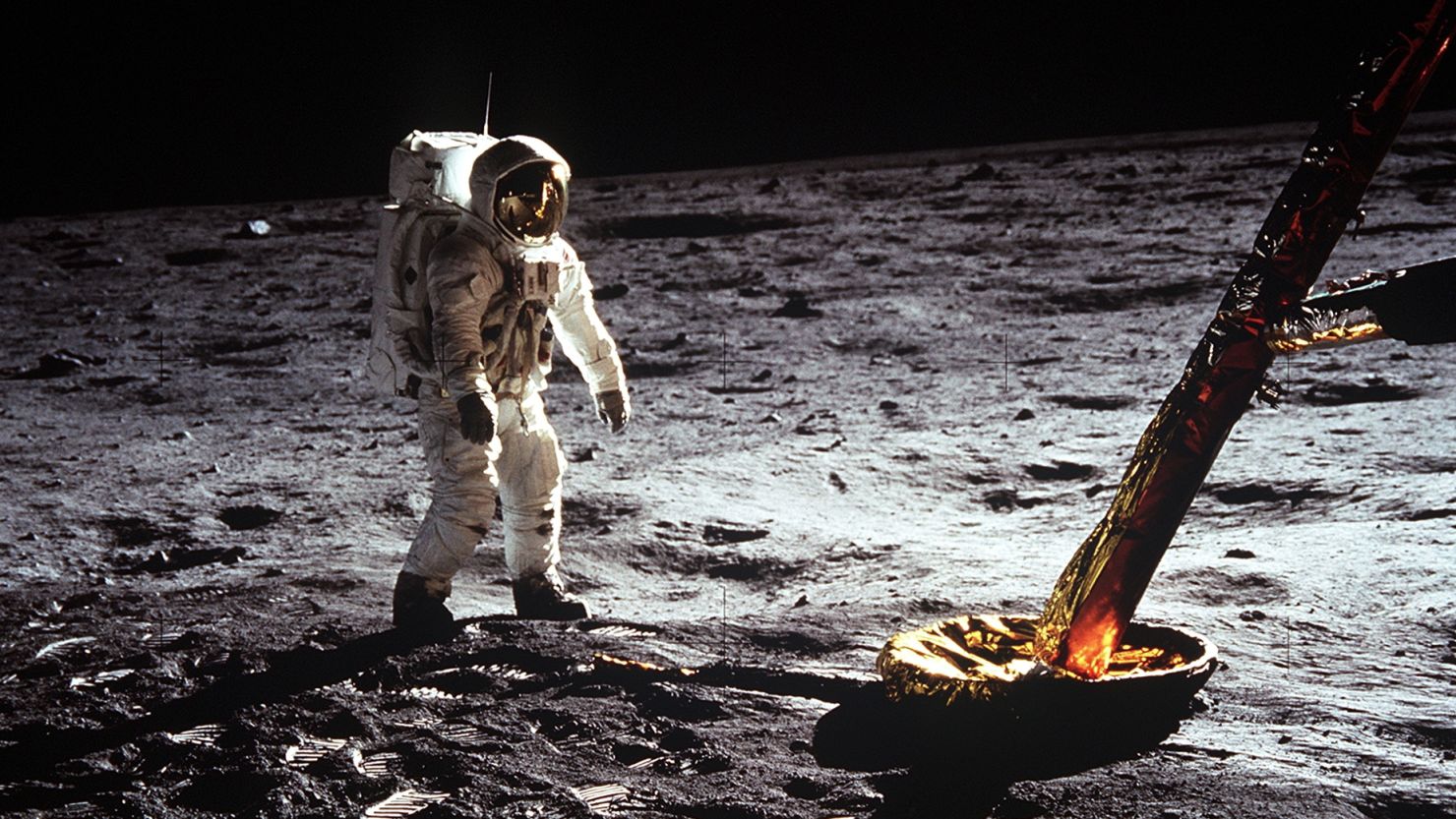Lunar Anthropocene: Scientists Say The Moon Has Entered A New Epoch
17th Jan 2024
On 13th September 1959, the Soviet Union’s Luna 2 spacecraft landed on the surface of the Moon. According to NASA, the probe created a crater when it made a successful landing between the lunar regions of Mare Serenitatis and Mare Imbrium. In an article published in the journal Nature Geoscience on 8th December 2023, Justin Holcomb, PhD, points out that the landing marked the beginning of humanity’s efforts to study the Moon up close. The author also proposes that this event may have started a new geological epoch known as the “Lunar Anthropocene.”
Holcomb suggests that the concept of the Lunar Anthropocene is similar to the discussion of the Anthropocene on Earth. Holcomb, who is a postdoctoral research worker with the Kansas Geological Survey at the University of Kansas, argues that the Lunar Anthropocene has already begun, similar to the consensus that the Anthropocene on Earth began at some point in the past. Holcomb emphasizes the importance of recognizing this epoch early on to prevent any significant damage caused by human activities.
How the Lunar Anthropocene and Renewed Interest in Moon Exploration Could Impact its Environment
For several years, scientists have been attempting to establish a clear-cut Anthropocene epoch on Earth. Recently, researchers put forth new evidence of a site in Canada that some believe signifies the beginning of this transformational chapter in the Earth’s history.
The concept of the Lunar Anthropocene has surfaced at a time when commercial entities and civil space agencies alike are displaying a heightened level of interest in the Moon, with some planning to land on its soil for the first time while others are seeking to return.
According to the authors of the paper, the moon’s environment has already been impacted by humans during the early stages of the Lunar Anthropocene, and it is likely to undergo even more significant changes as exploration activities increase.
Exploring the Impact of Human Activity on the Moon’s Environment
According to the paper, over a hundred spacecraft have either crash-landed or managed controlled landings on the Moon’s surface. Furthermore, human activity has led to surface disturbances in at least 58 other locations on the lunar surface. After all, landing on the Moon is a challenging feat, as evidenced by the numerous crashes that have left their mark and formed new craters.
As documented in the paper, humans have left behind various objects on the moon, including spacecraft components, photographs, scientific equipment, and religious texts, among other things. The Moon is unlike Earth in that it is devoid of a protective atmosphere or magnetosphere. As a result, it is also frequently hit by micrometeorites.
The researchers propose that recognizing the Lunar Anthropocene could help emphasize the impact of human activity on the moon’s environment.

![Beauty of the Pink Moon And Lyrid Meteor Shower in This Week’s Best Astrophotos [19-26 April] Beauty of the Pink Moon And Lyrid Meteor Shower in This Week’s Best Astrophotos [19-26 April]](https://orbitaltoday.com/wp-content/uploads/2024/04/Pink-Moon-is-on-its-way-above-the-mountains-1-300x300.jpg)





Thank you for your comment! It will be visible on the site after moderation.